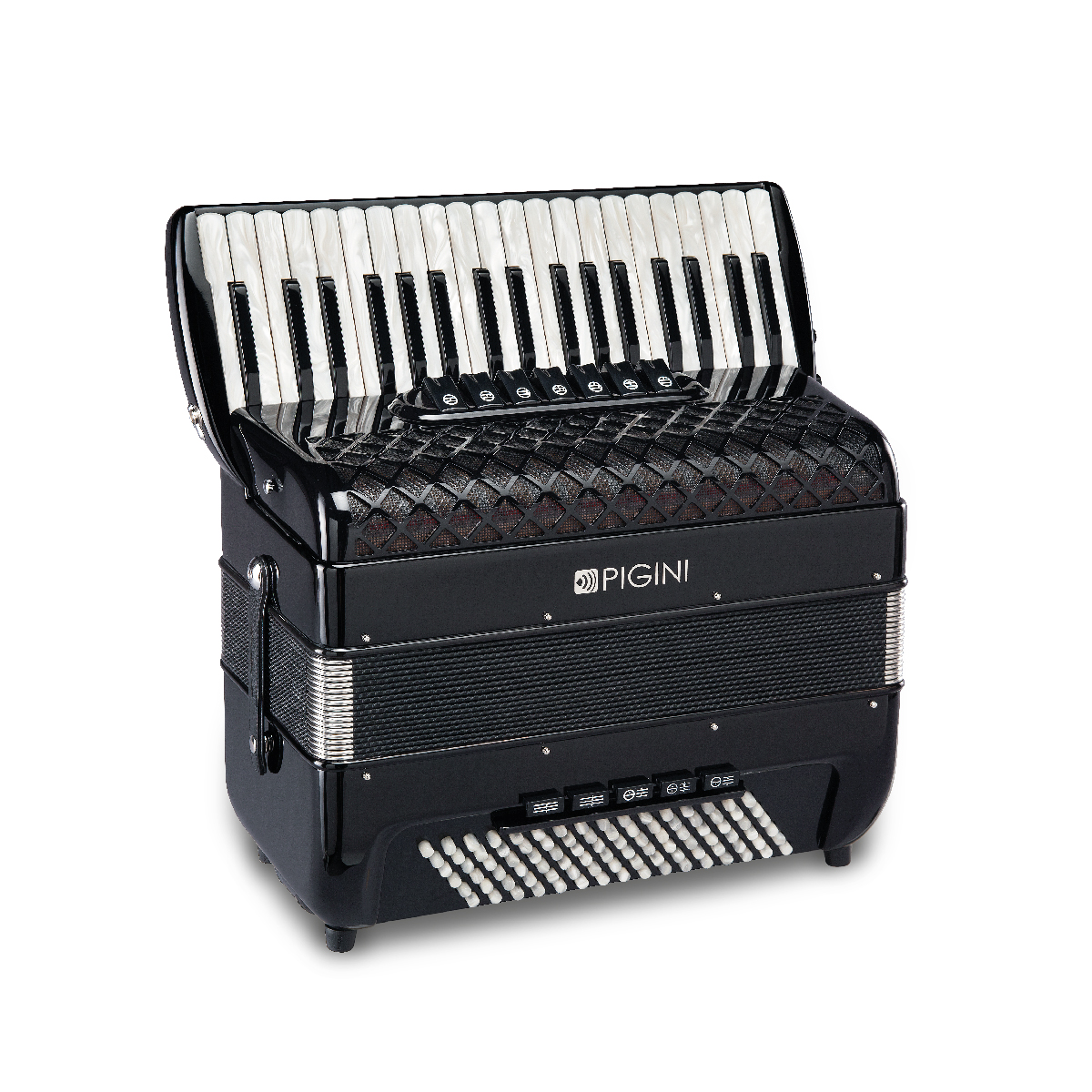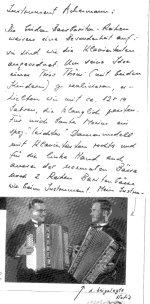The piano and button accordions are so fascinating that I can sense I am about to go off topic now...

For me the greatest attribute of the chromatic free bass is that you have up to a 58 note range. As it is arranged chromatically it pairs very well with the button keyboard that has a similar or slightly greater range of notes whilst remaining reasonably compact. However, these are not exactly light weight instruments, but they are very complete.
By comparison the largest piano accordions with chromatic free bass have up to 49 keys (C to C: Zero Sette, D to D: AKKO), though technically 50 or 51 keys is possible without increasing size further. This is large but it's not bayan range (64 notes).
Though the button instrument of 64 notes is undeniably complete, there are some conceivable drawbacks. Namely that these instruments do not readily have 5 voice options. The 5th voice would make the instrument impractical as they would be so bulky. Consequently nobody really makes them aside from the very rare 'one off'. However, it is very common for piano accordions with free bass to have 5 voices.
The additional 5th voice can give some amazing effects: often adding either 32' reed, 8' reed, 4' reed, 2 2/3' reed. It is particularly remarkable with the addition of either a 32' or 2 2/3' reed. The 32' reed option allows interesting combinations like 32'+4' voice. What you effectively have here is the ability to hold a single note whilst at the same time the corresponding note 3 octaves above will sound. Sure the bayanist can stretch 3 octaves, but it would not be reasonable to expect fast passages to be played easily like this. The 32' reed also makes the same maximum bayan treble range possible on a piano accordion.
Interestingly, the 2 2/3 voice is sometimes known as a quint voice (not related to the free bass system) is often applied to piano accordions with free bass. It creates what is known as a 'Cathedral' sound. It can be quite impressive. Here is an interesting piano accordion with a quint voice (standard bass instrument). The voices are explored further into the video.
Just think, back in the 1940s Dallape made piano accordions with 6 voices including 32' and 2 2/3' voices. Amazing!



